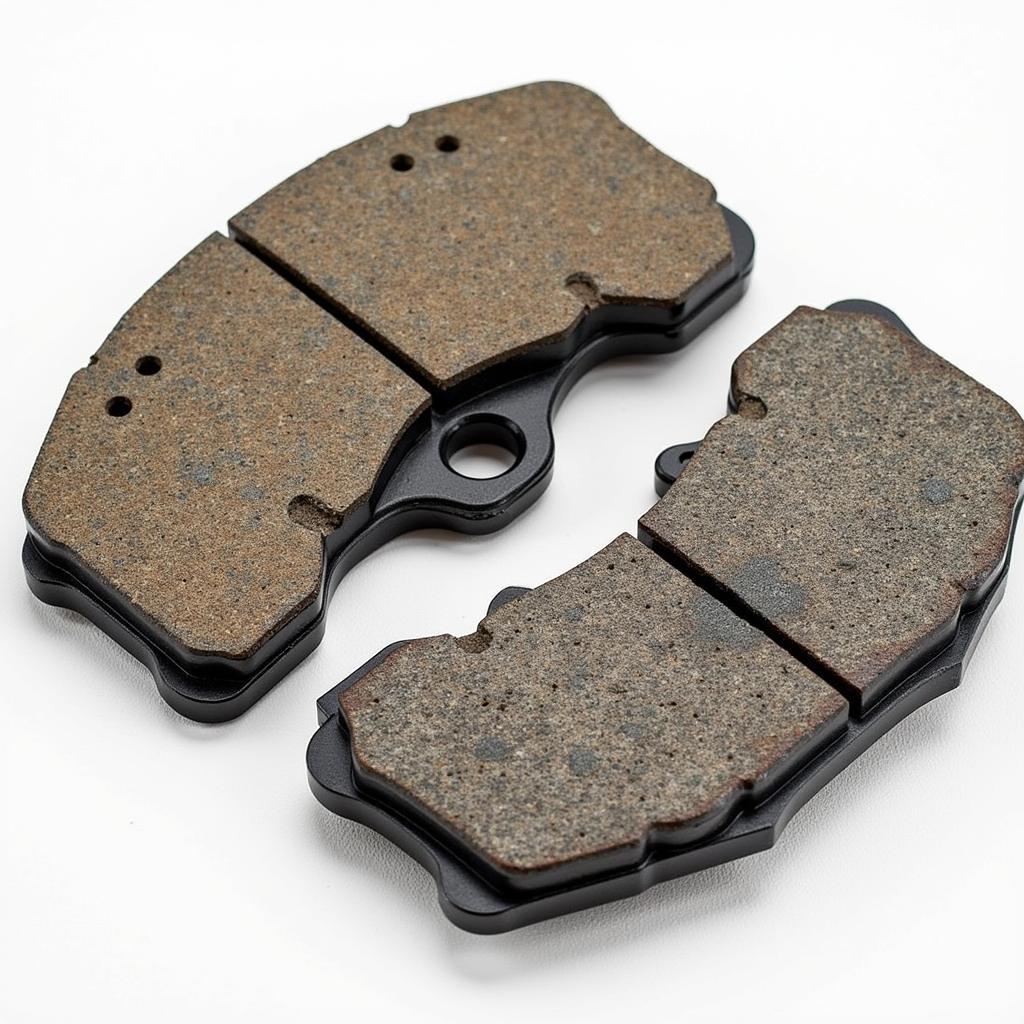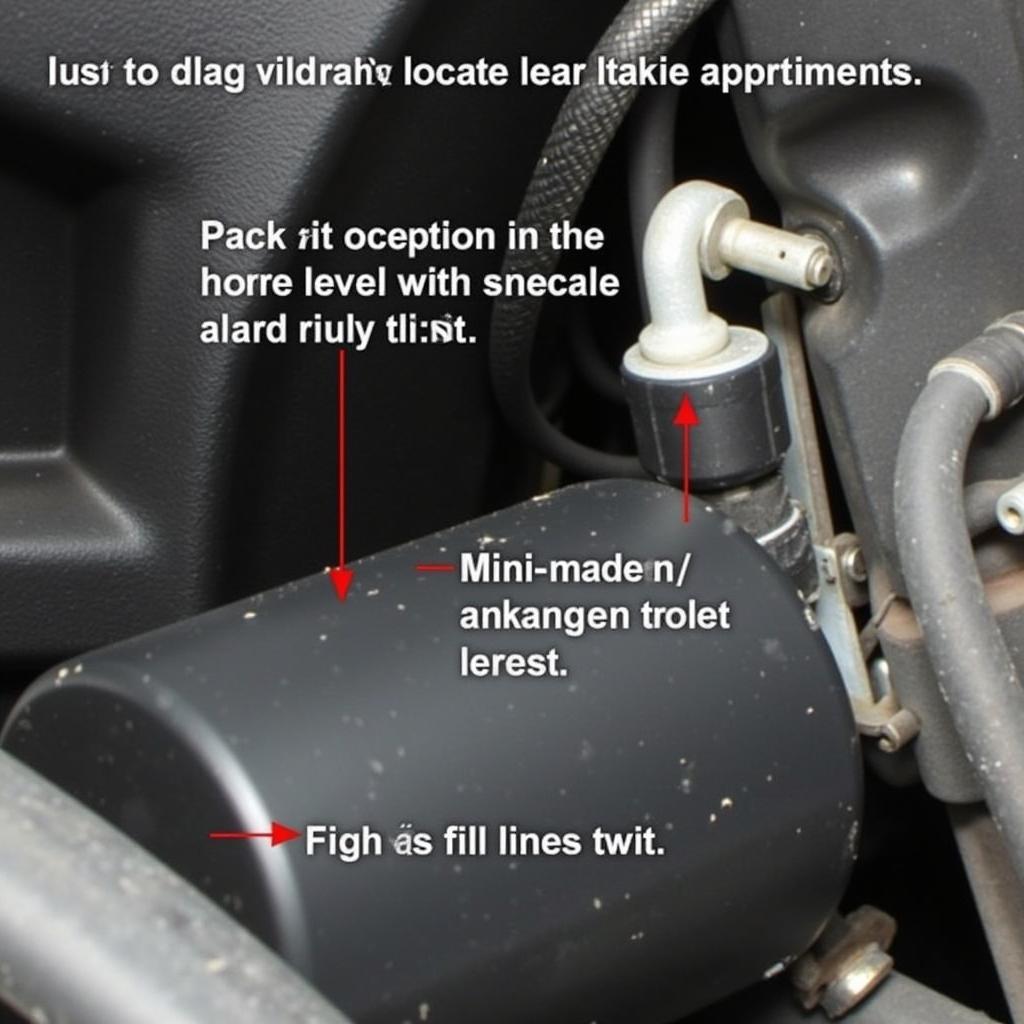The exit row seat warning is a crucial safety measure designed to ensure passengers seated near emergency exits can assist in an evacuation. Understanding this warning isn’t just about following rules; it’s about being prepared to potentially save lives in a critical situation. This comprehensive guide will delve into everything you need to know about exit row seating, from the responsibilities it entails to the regulations surrounding it, and even how these warnings are diagnosed and addressed in modern vehicles.
After getting settled on a recent flight, I noticed a small sticker on the window near my seat. It was the exit row seat warning. It got me thinking about the importance of these warnings, not just in airplanes but also in vehicles like cars and buses. You can find information about various car warnings, such as the BMW Warning Seat and Arrow Warning Light, online.
Let’s explore the various aspects of exit row seat warnings and why they are so crucial. Similar to the Walt Disney World Stay In Seats Warning, these notices emphasize passenger safety.
What Does the Exit Row Seat Warning Entail?
The exit row seat warning informs passengers of their responsibilities in case of an emergency. This includes being physically and mentally capable of operating the emergency exit, understanding the instructions provided, and assisting others in evacuating. These warnings are present in various forms, from verbal instructions by flight attendants to printed notices in aircraft and vehicles. Even high-performance vehicles like the F16 have ejection seat warning labels for critical emergency situations.
Knowing which cars have child seat warning is also vital for family safety. Similar regulations apply to exit rows, ensuring the safety of all passengers in case of an emergency. It’s also worth noting that even small variations in these warnings can have significance, as seen with the Audi Seat Belt Warning Version 1 Version 2 Q7.
Regulations and Requirements for Exit Row Seating
Regulations for exit row seating vary depending on the mode of transport. In aircraft, for example, passengers must be a certain age, physically capable, and willing to assist in an emergency. They are often briefed by cabin crew before take-off. Similarly, some buses and trains also have designated exit rows with specific requirements. These regulations are put in place to ensure that those sitting in these crucial locations can effectively aid in an evacuation.
Why is the Exit Row Seat Warning Important?
The exit row seat warning isn’t just a formality. It’s a critical safety measure that can significantly impact the outcome of an emergency. In a situation requiring a swift evacuation, passengers in the exit row are the first line of defense. Their ability to quickly and effectively operate the emergency exit can be the difference between life and death.
Understanding Exit Row Responsibilities
Sitting in the exit row is a responsibility, not a privilege. Passengers who choose these seats must be prepared to act quickly and decisively in an emergency. They must be able to understand and follow instructions, remain calm under pressure, and assist others in evacuating.
What if I Don’t Want to Sit in the Exit Row?
If you are uncomfortable with the responsibilities of sitting in the exit row, you should inform the staff immediately. They will gladly relocate you to a different seat. There’s no shame in admitting that you’re not comfortable with the added responsibility. Your safety and peace of mind are paramount.
“Choosing an exit row seat implies consent to assist in an emergency. Passengers should be aware of this responsibility and communicate any concerns to the crew.” – Dr. Amelia Hernandez, Aviation Safety Expert.
The Future of Exit Row Warnings
With advancements in technology, exit row warnings are likely to become even more sophisticated. We may see interactive displays, multilingual instructions, and even personalized guidance based on passenger profiles. As technology progresses, we can expect even more effective methods of communicating these crucial safety instructions.
 Digital Exit Row Display Screen
Digital Exit Row Display Screen
“Clear, concise, and easily understood instructions are key to ensuring passenger safety in emergency situations. The future of exit row warnings lies in leveraging technology to enhance communication and preparedness.” – Eng. David Miller, Automotive Safety Systems Engineer.
Conclusion
The exit row seat warning is a vital safety component in various modes of transportation. Understanding its implications and accepting the responsibilities associated with it is crucial for ensuring a safe and efficient evacuation in an emergency. By being prepared and informed, passengers can contribute to their own safety and the safety of those around them. Remember, choosing an exit row seat means choosing to be a part of the safety solution.
FAQ
-
Can I decline an exit row seat? Yes, you can always decline an exit row seat and request to be moved.
-
Are there age restrictions for exit row seating? Yes, typically there are minimum age requirements.
-
What if I don’t understand the instructions? Ask a crew member to clarify any uncertainties.
-
Do I have to be physically fit to sit in the exit row? Yes, you must be able to assist in an emergency.
-
What happens if I don’t fulfill my responsibilities in an emergency? You could face legal repercussions.
-
Are exit row seats more expensive? This depends on the airline or transportation provider.
-
Are there any benefits to sitting in the exit row? Often, these seats offer more legroom.


